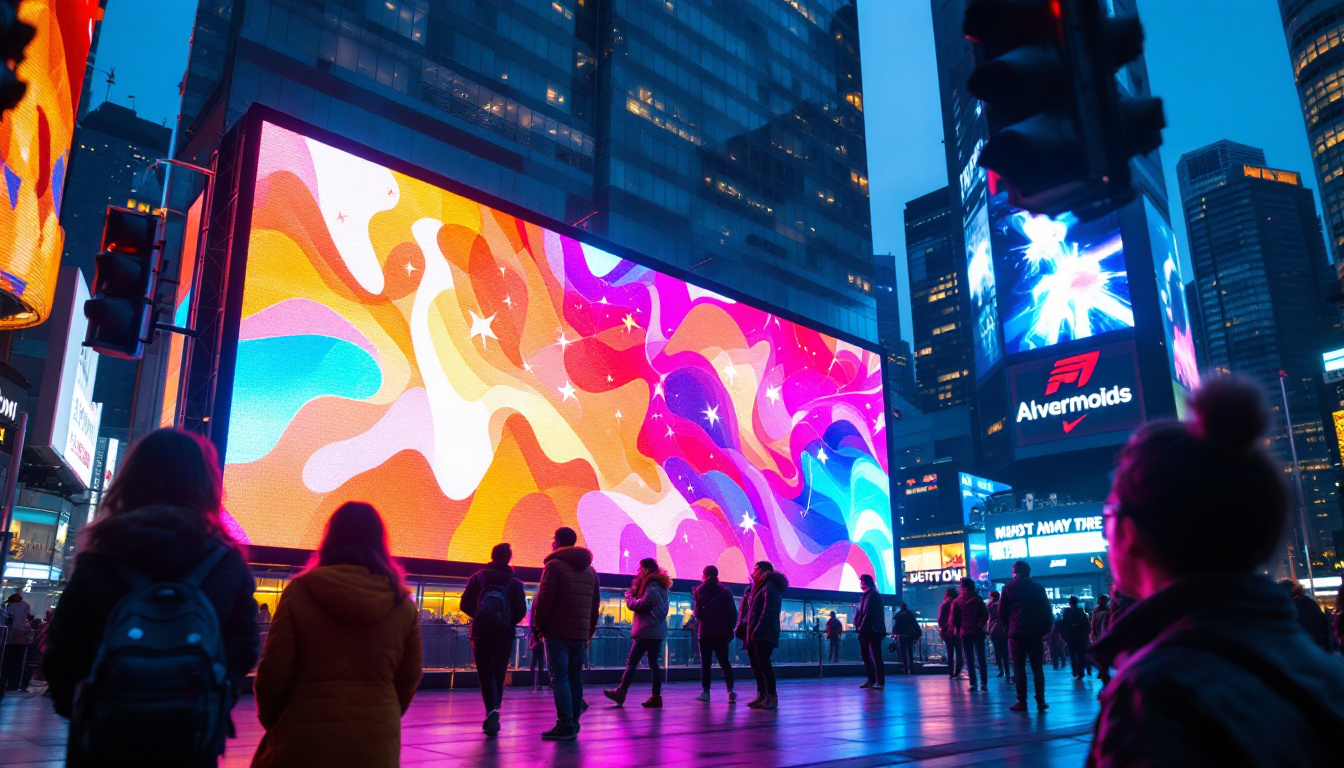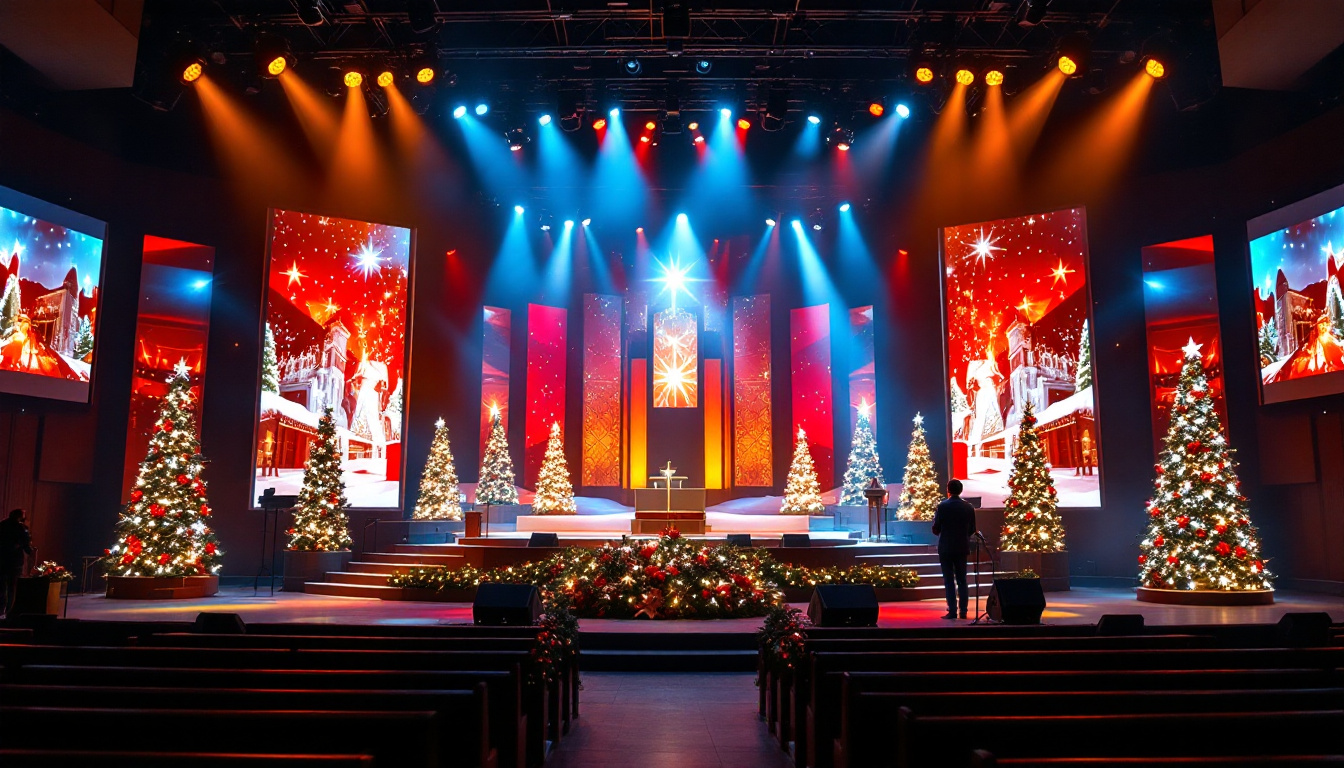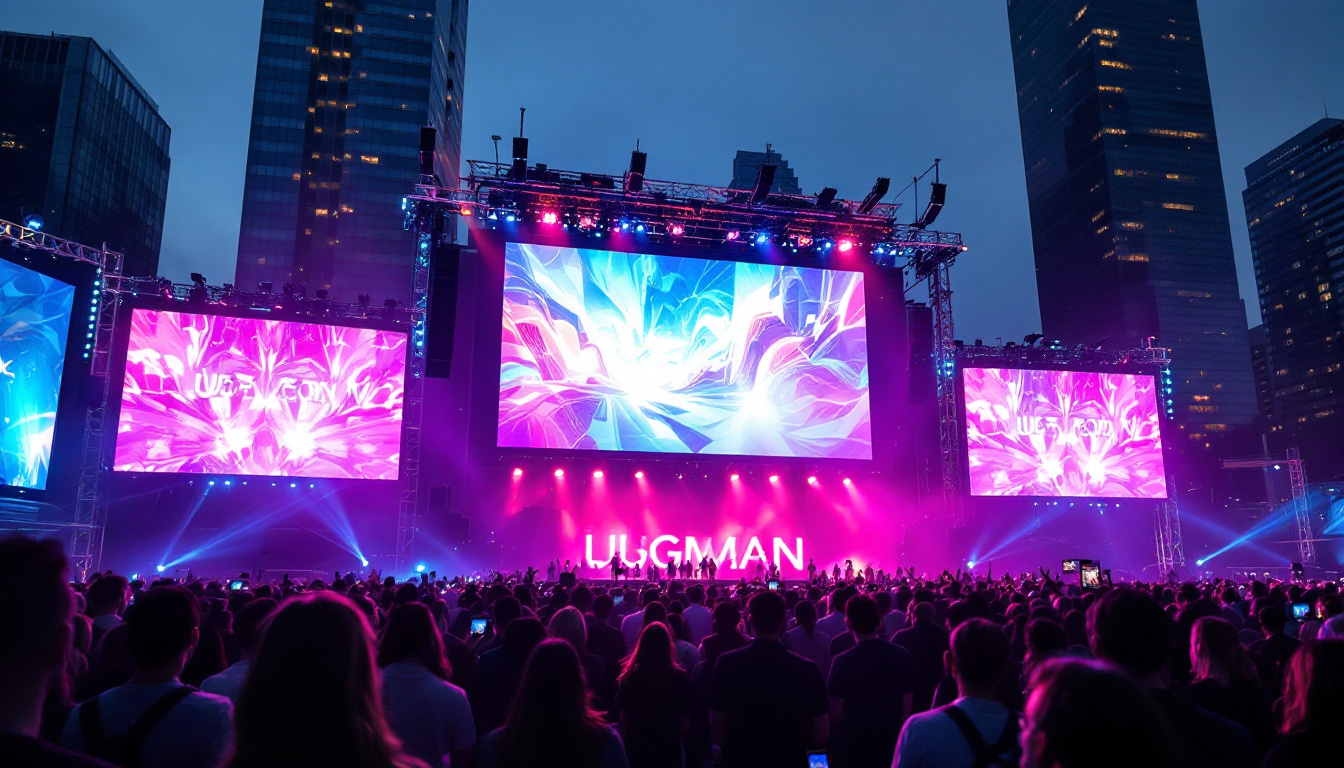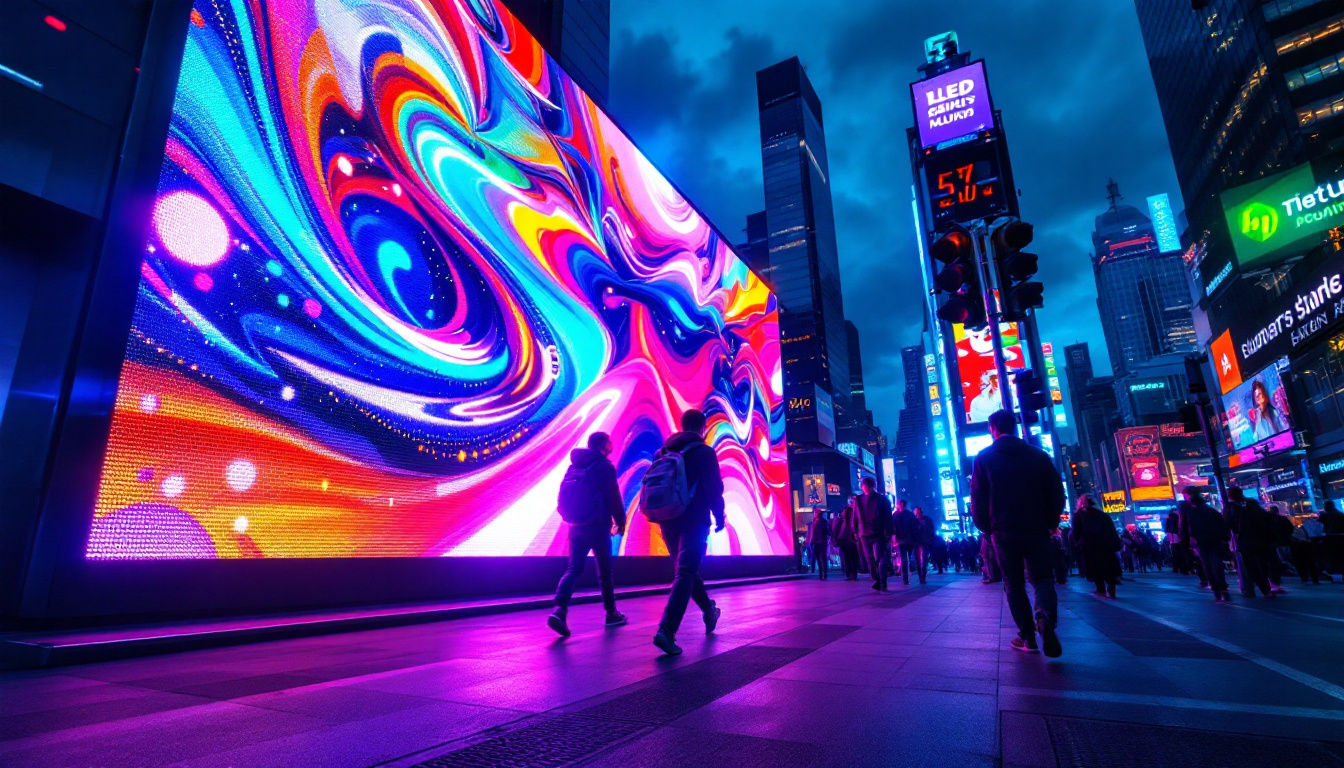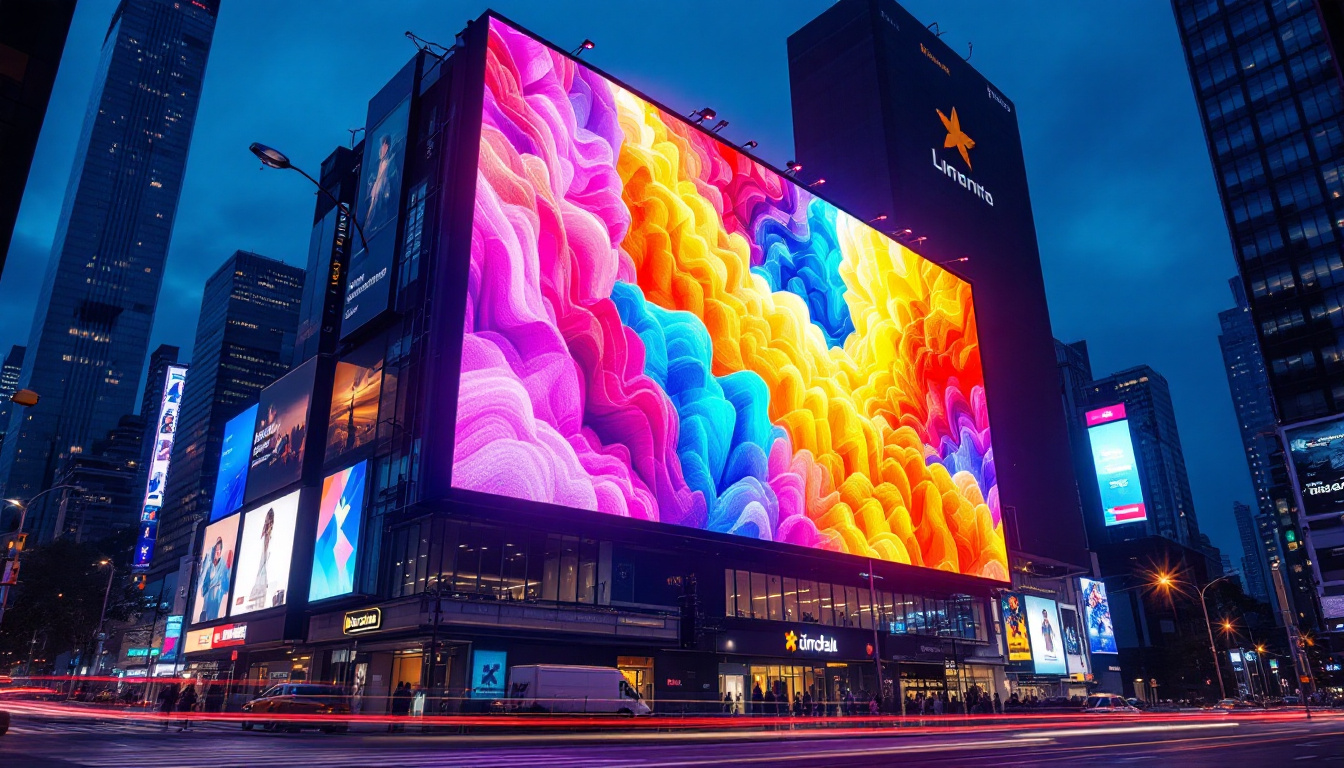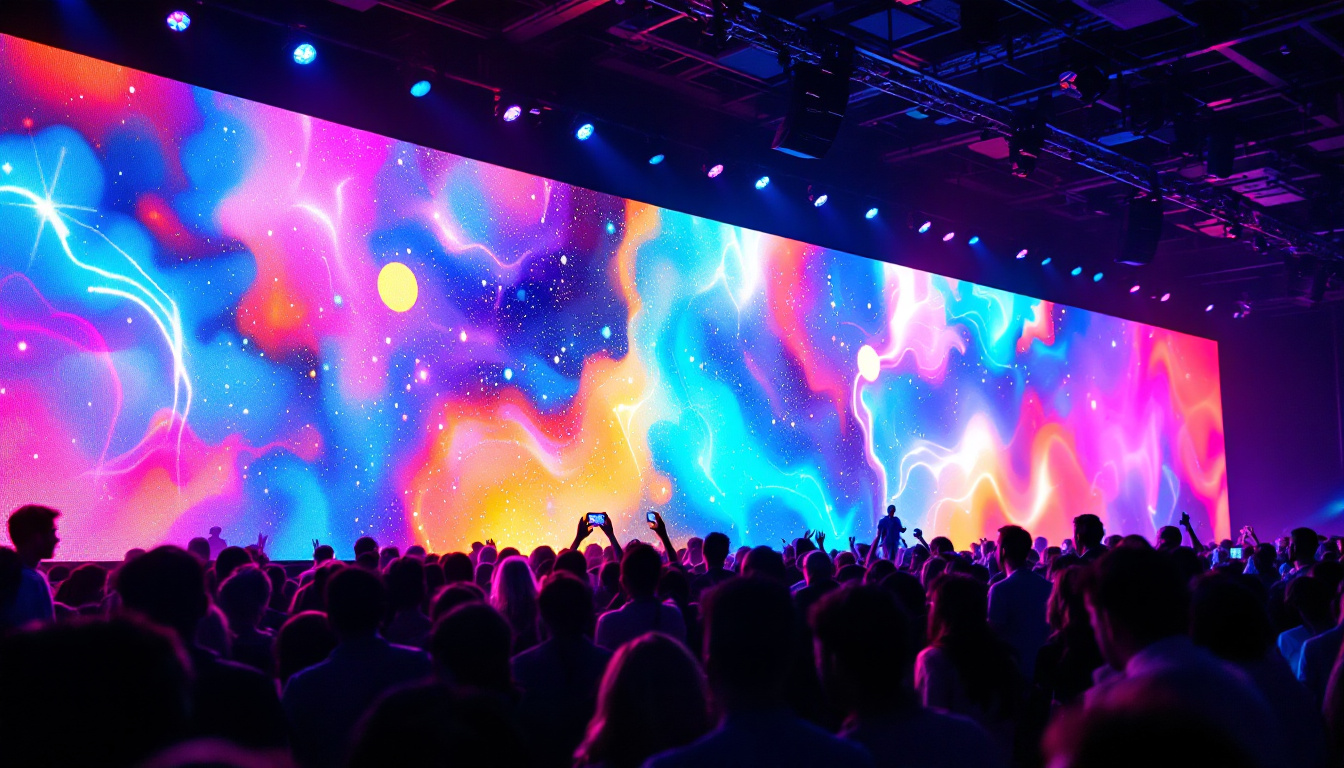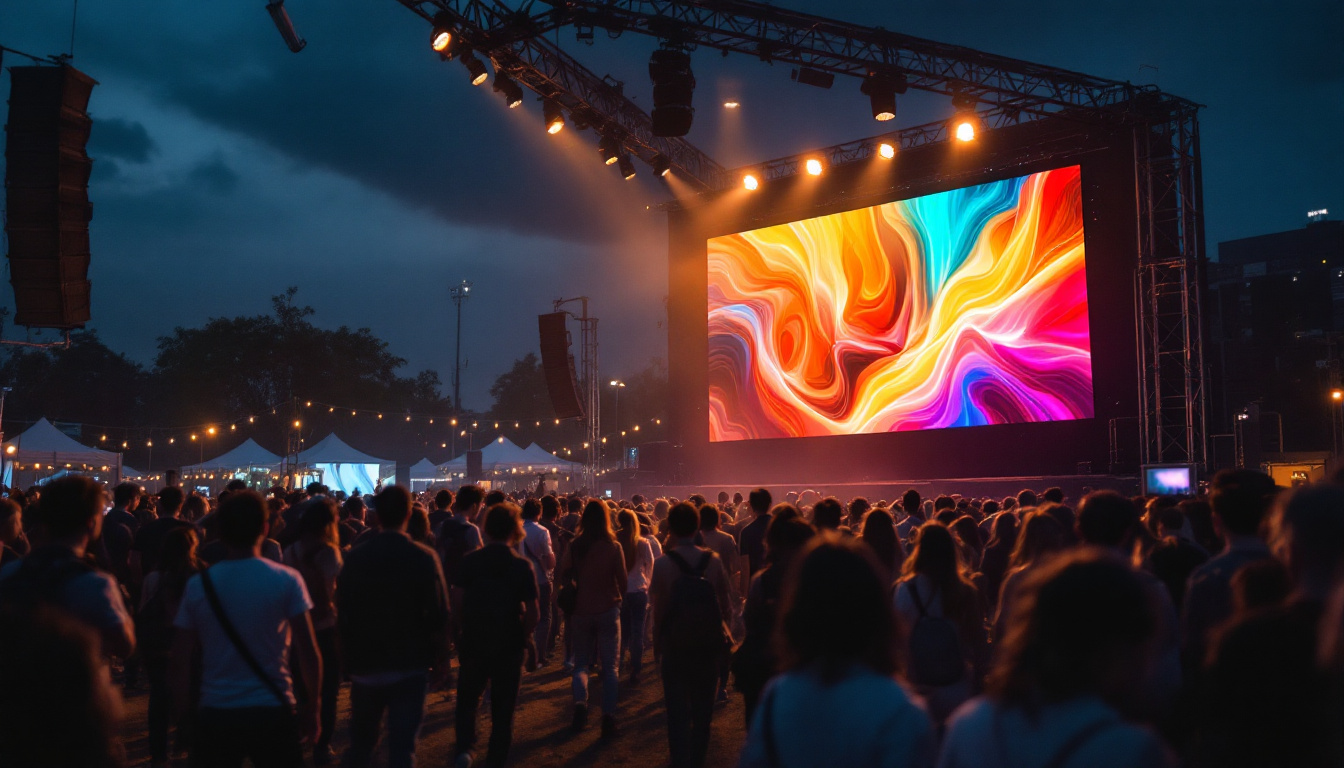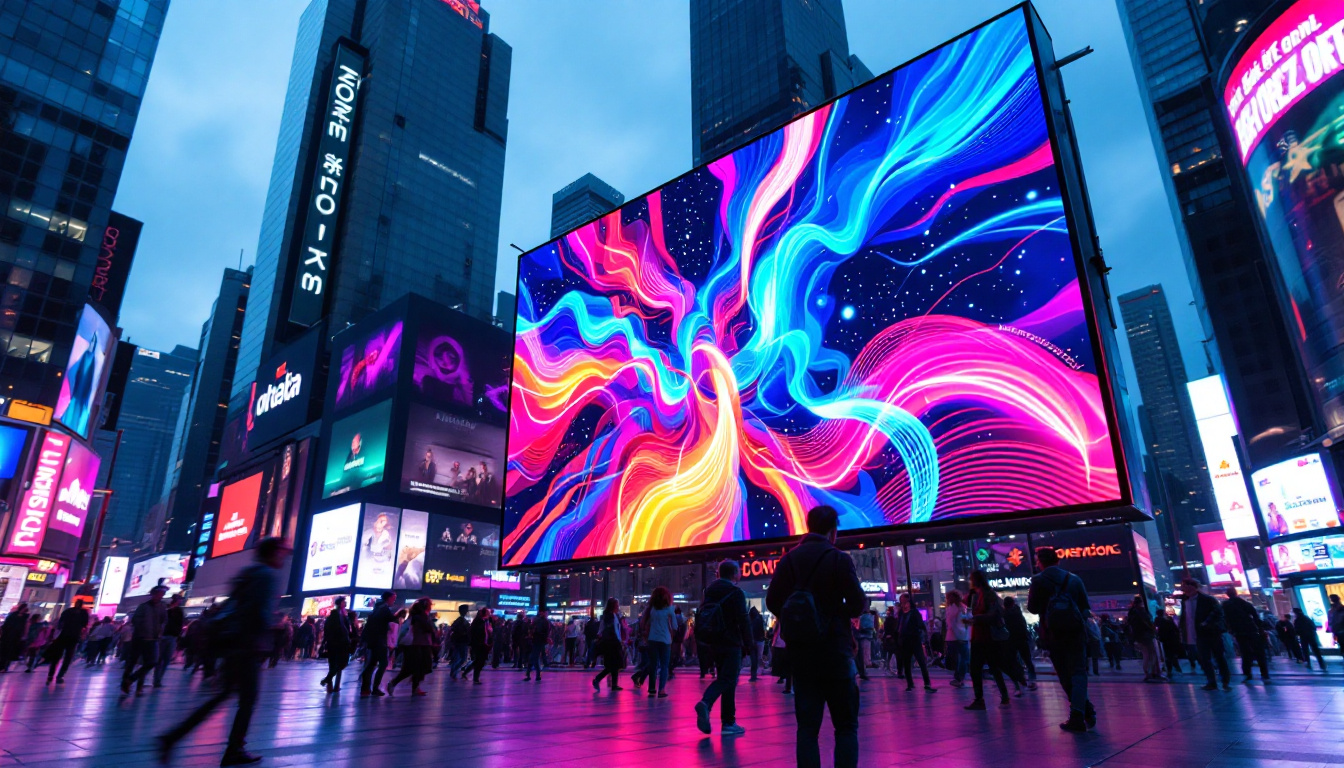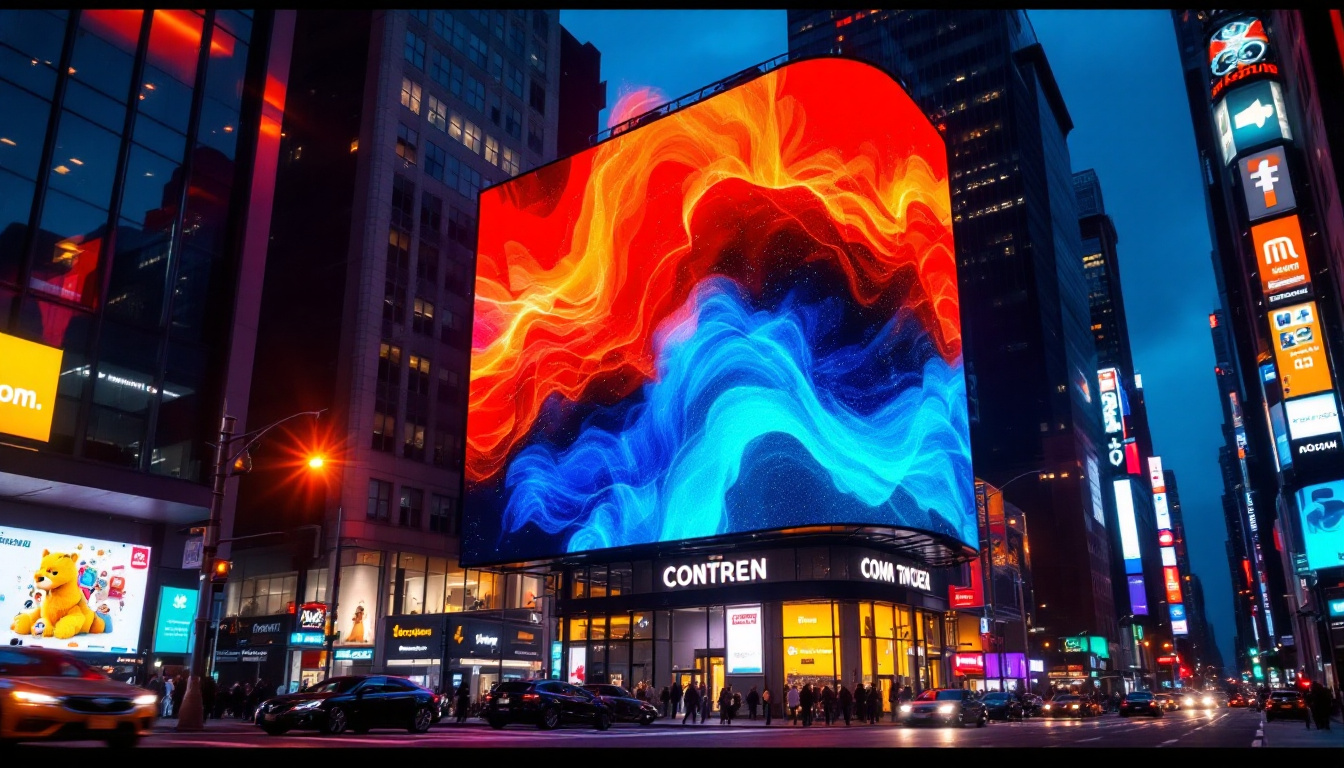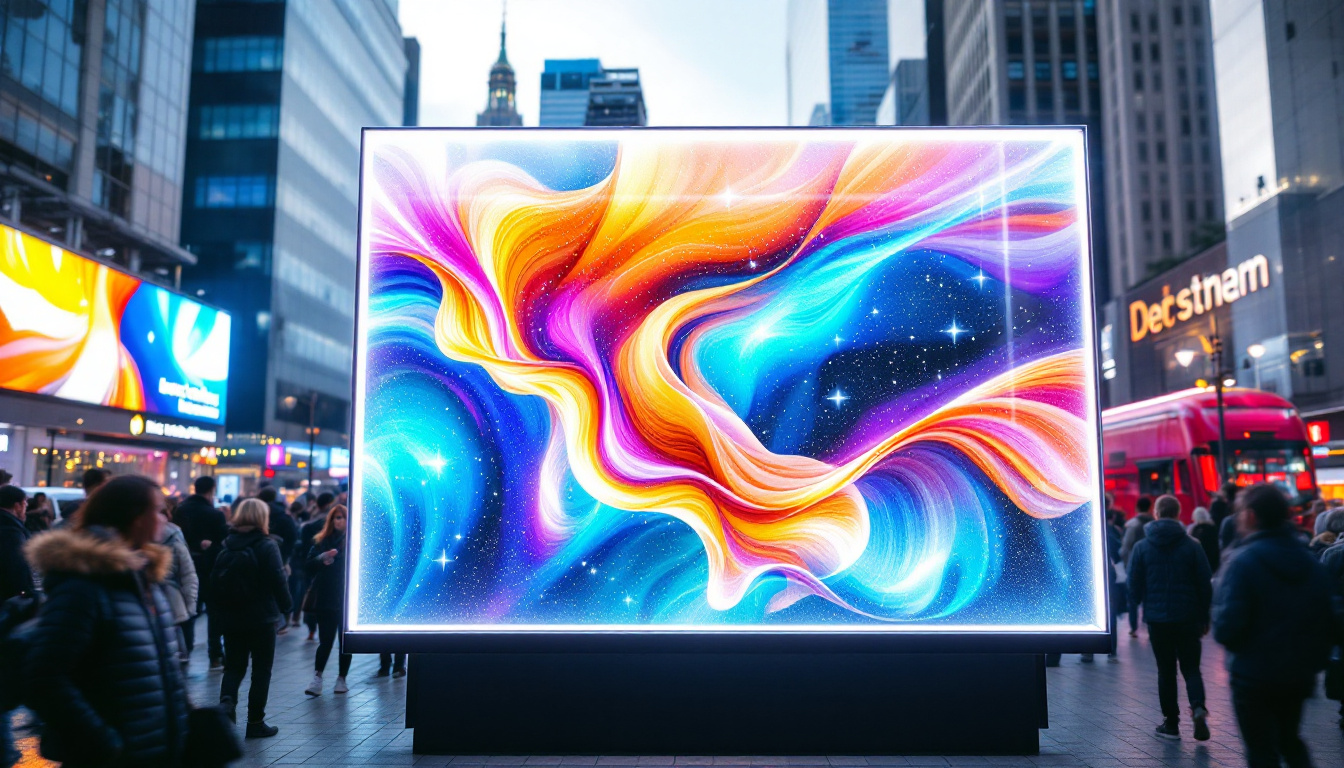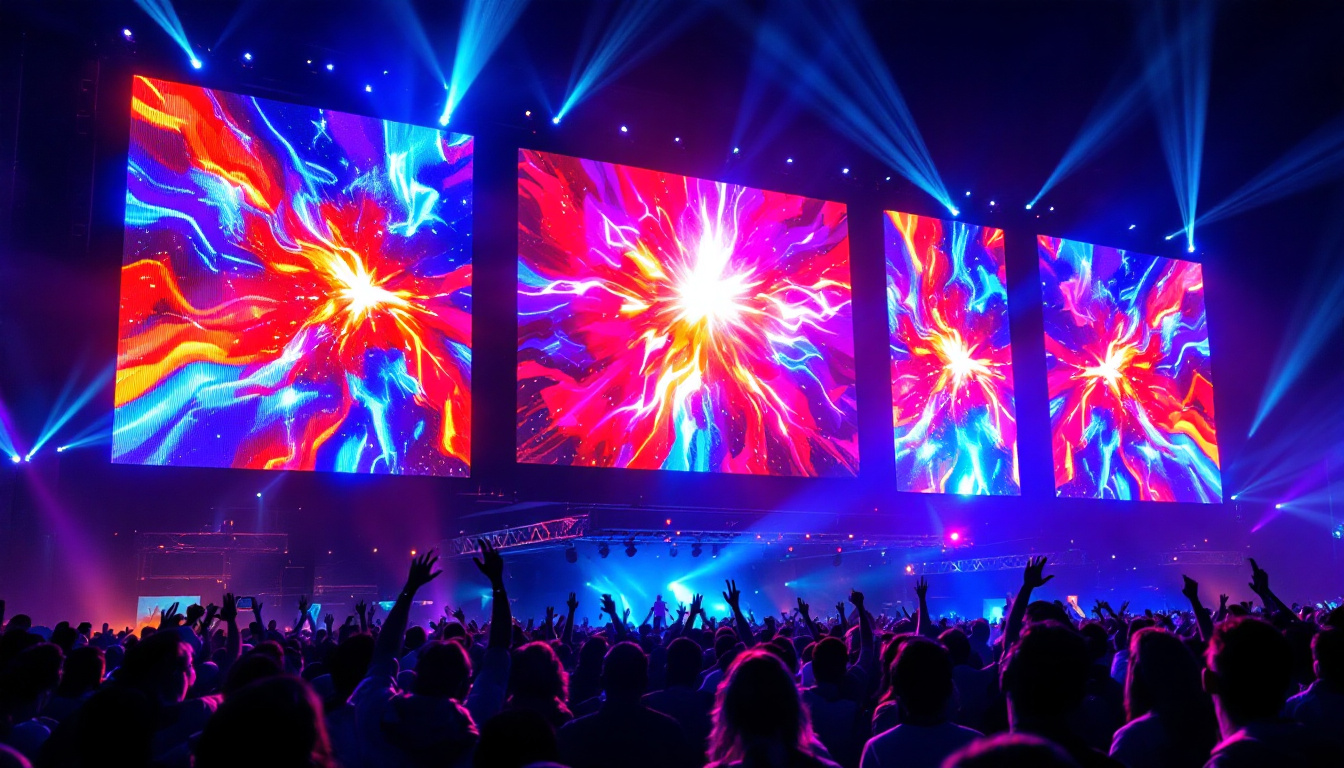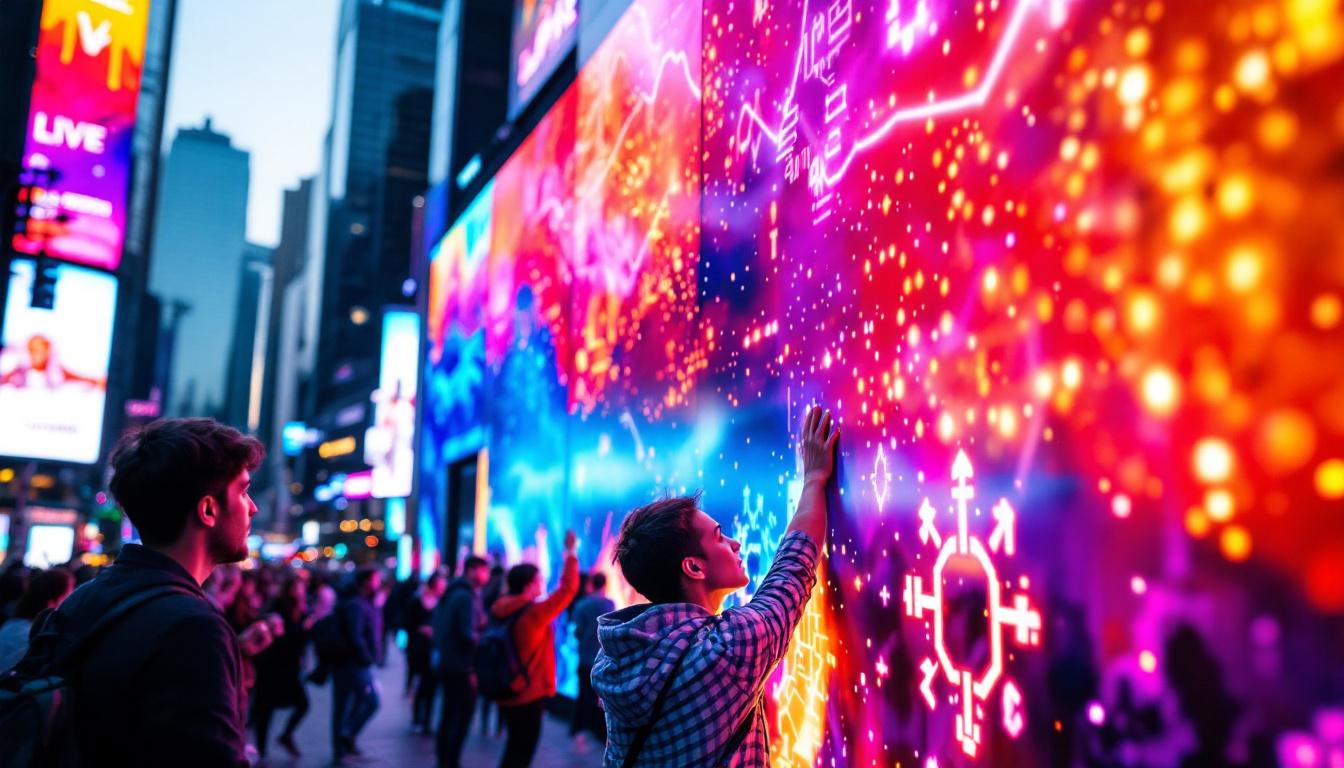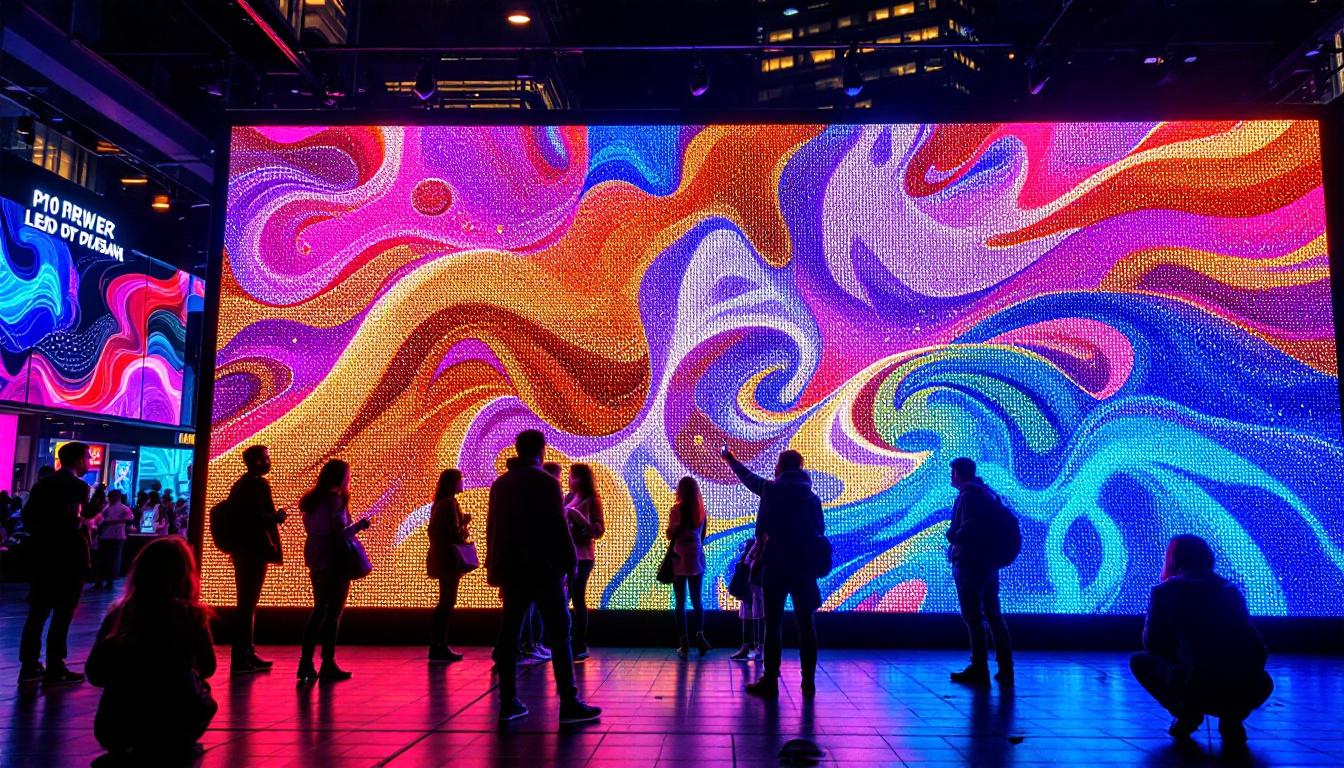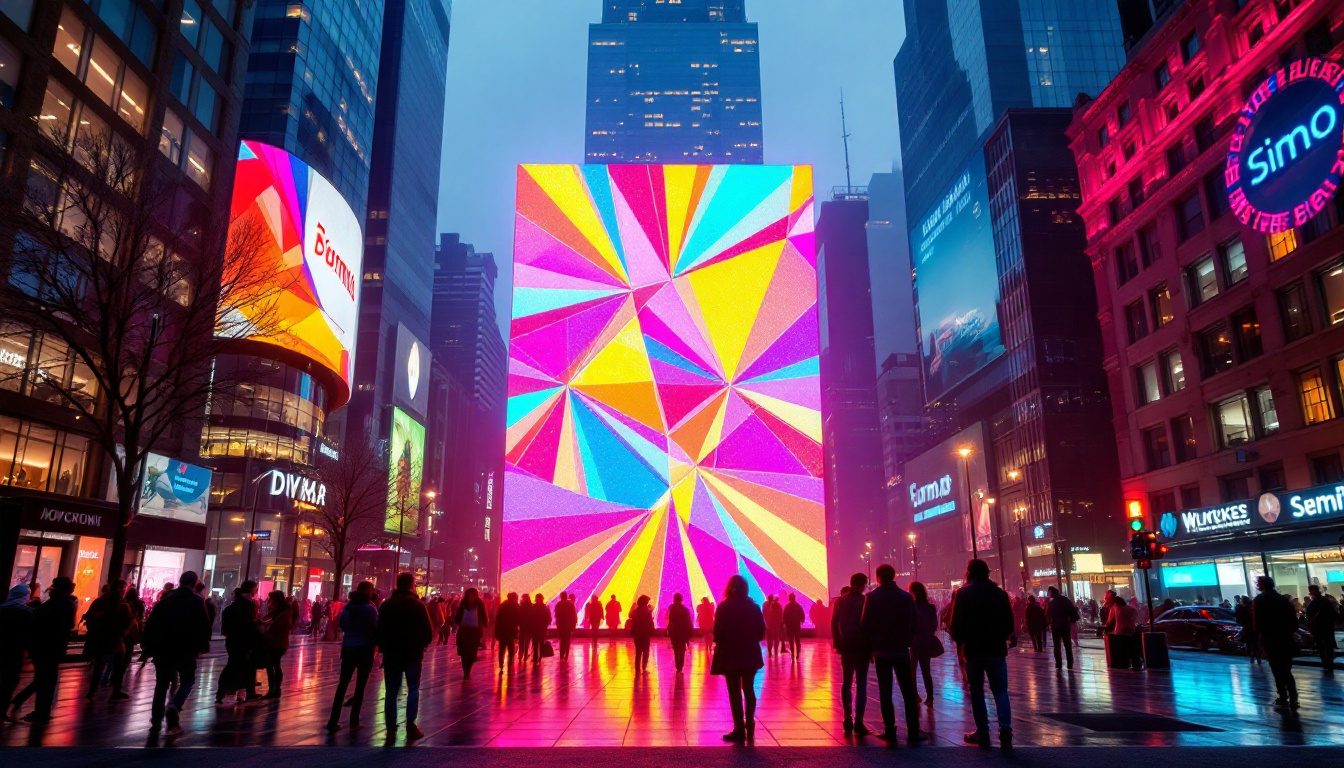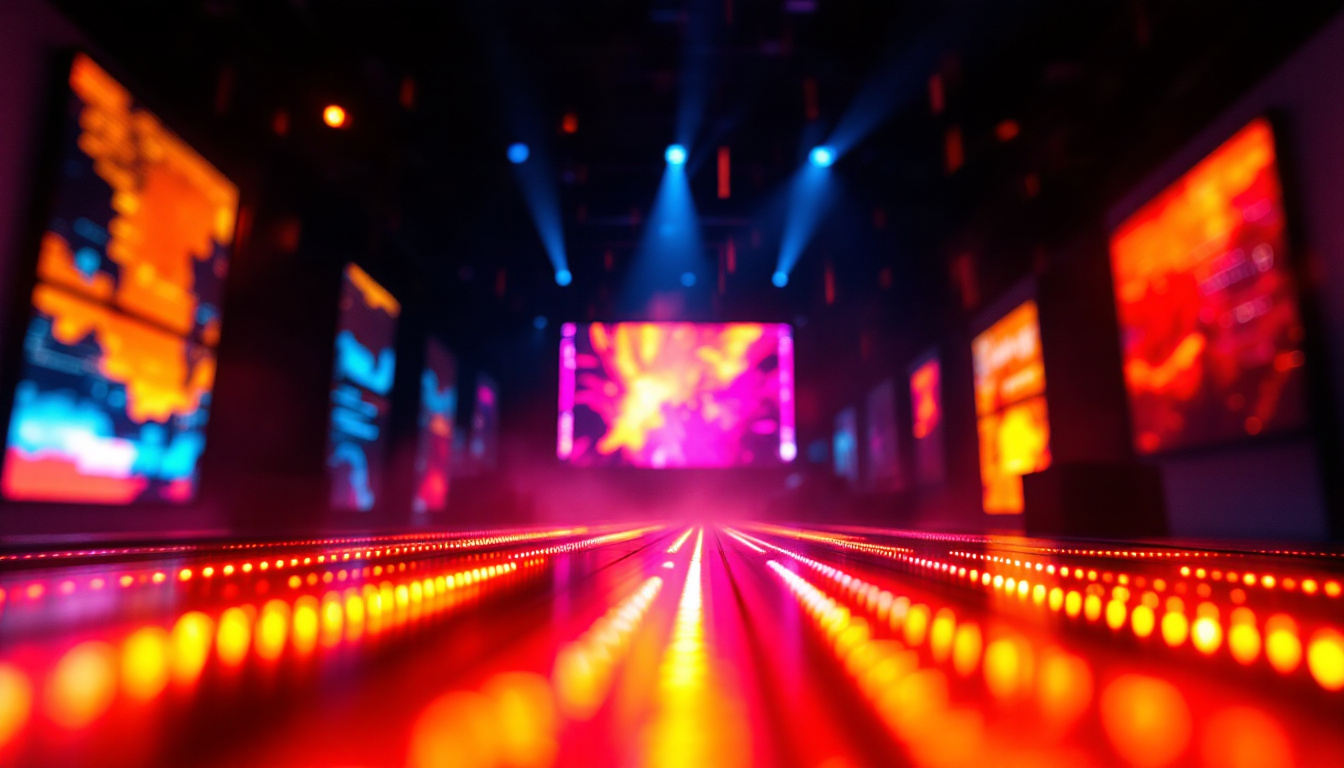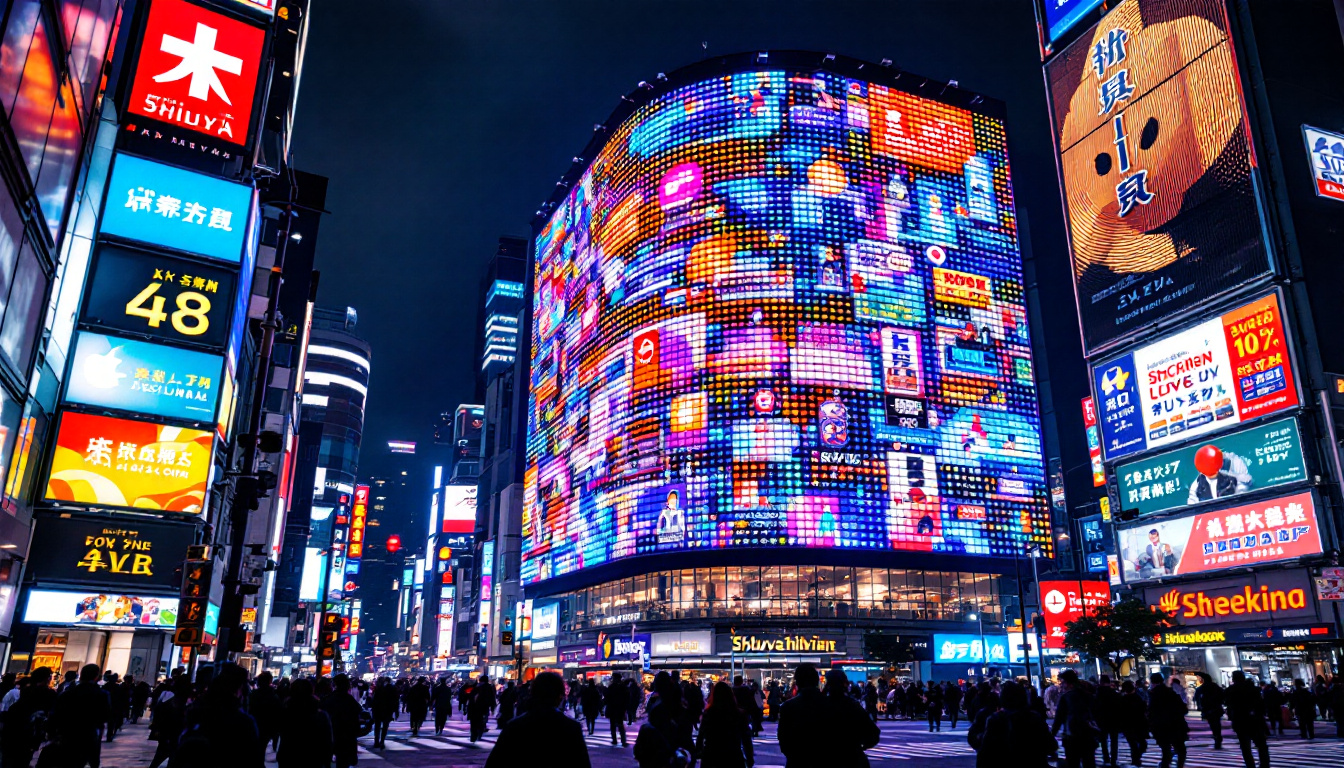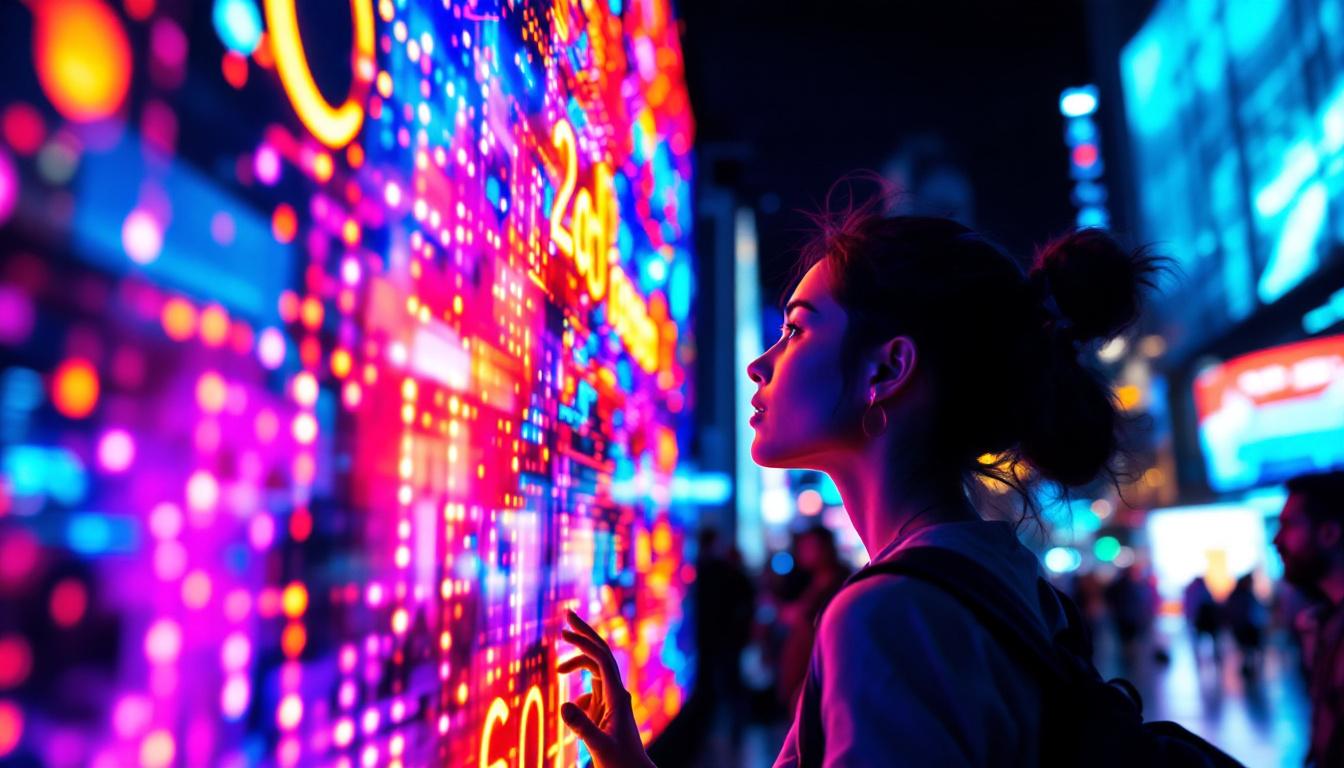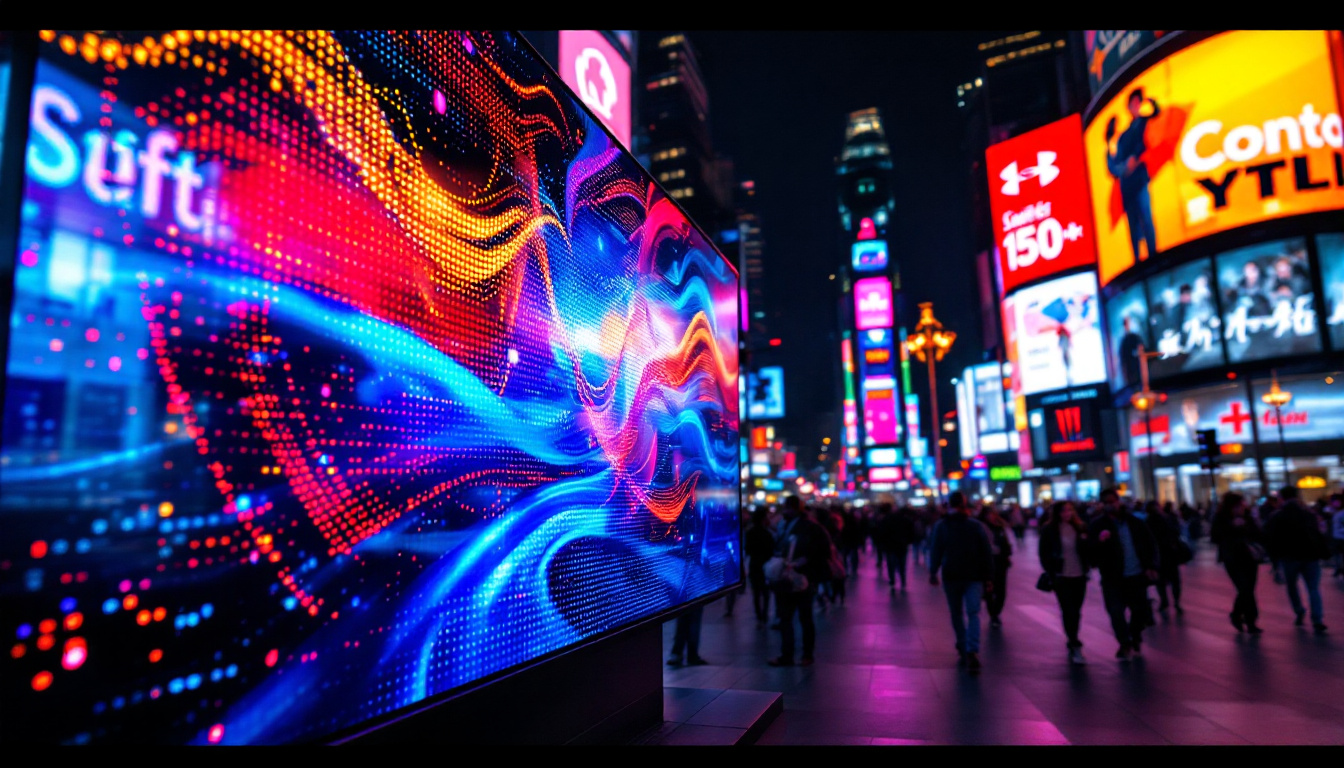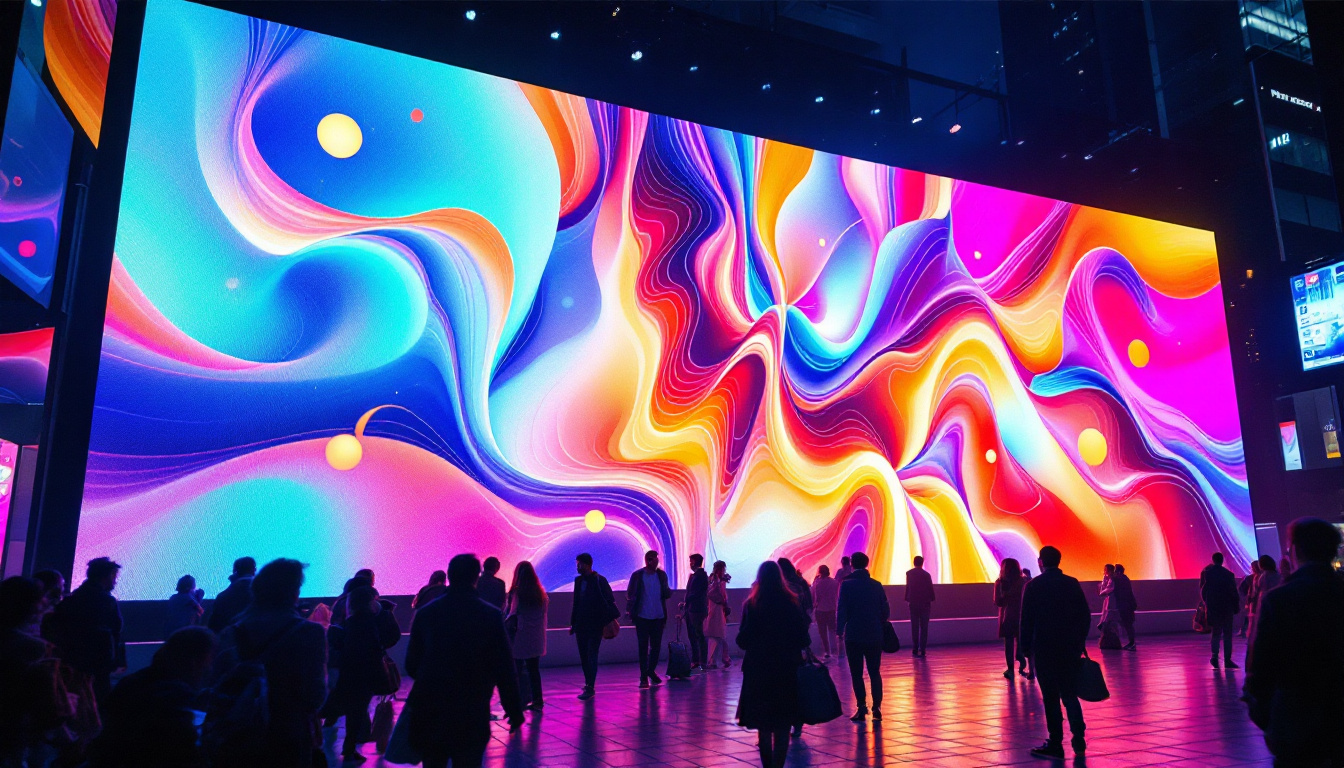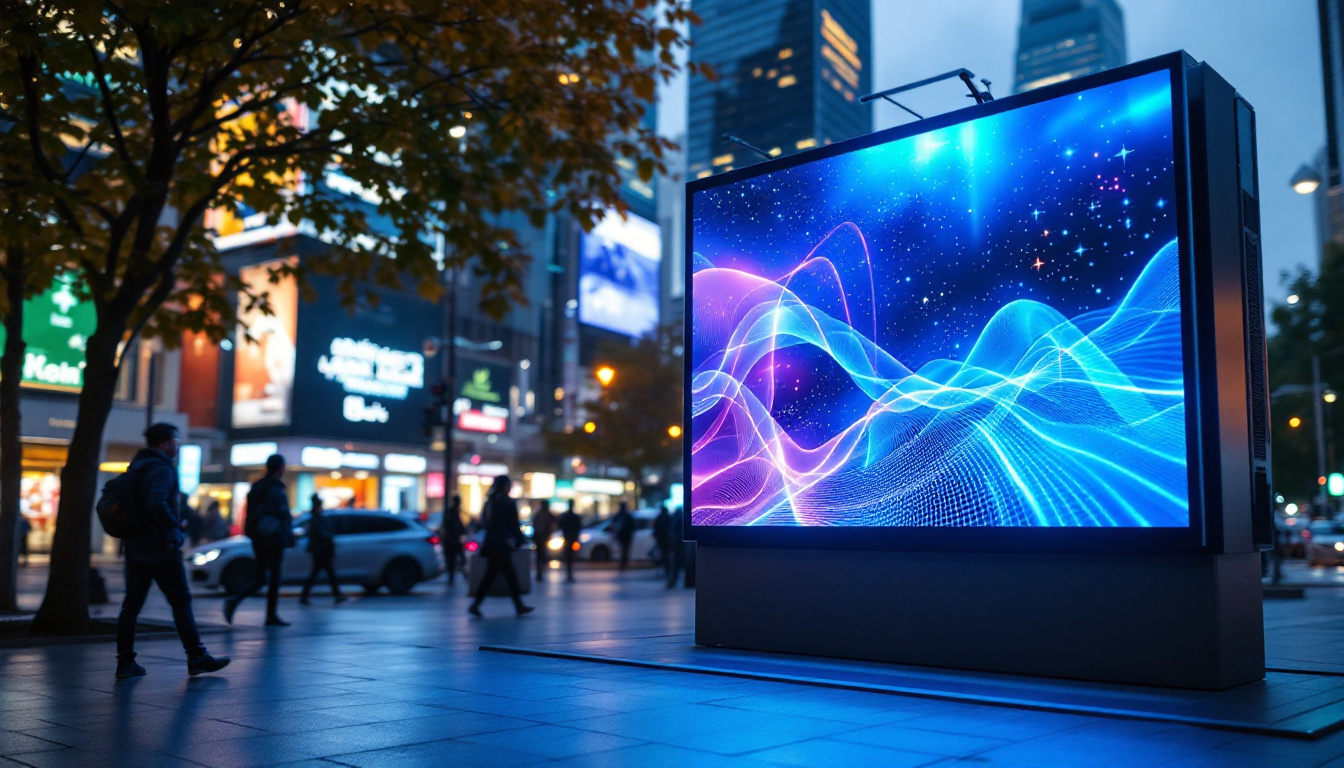In the ever-evolving landscape of advertising and information dissemination, digital signs have emerged as a powerful tool for businesses and organizations. Among the various types of digital signage, LED displays stand out due to their vibrant colors, high visibility, and versatility. This article delves into the world of outdoor digital signs, specifically focusing on LED displays and their myriad applications.
Understanding LED Displays
LED, or Light Emitting Diode, displays are a type of digital signage that utilizes an array of LEDs to create images and text. These displays are known for their brightness and clarity, making them ideal for outdoor environments where they can be subjected to direct sunlight and varying weather conditions. Their energy efficiency also contributes to their popularity, as they consume less power compared to traditional display technologies, allowing for reduced operational costs over time.
How LED Technology Works
The technology behind LED displays is relatively straightforward. Each pixel on an LED screen is made up of red, green, and blue (RGB) LEDs. By adjusting the intensity of these three colors, a wide spectrum of colors can be produced, allowing for detailed images and vibrant animations. This RGB combination is what gives LED displays their exceptional color quality. Additionally, the rapid response time of LEDs ensures that images refresh quickly, which is crucial for displaying fast-moving content such as video or live feeds.
Moreover, the modular nature of LED displays means they can be configured in various sizes and shapes. This flexibility allows businesses to create custom solutions that fit their specific needs, whether it’s a large billboard or a smaller display for a storefront. Furthermore, advancements in LED technology have led to the development of flexible displays that can be curved or shaped to fit unconventional spaces, opening up new possibilities for creative advertising and artistic installations.
Types of LED Displays
There are several types of LED displays, each designed for specific applications. The most common types include:
- Full-Color LED Displays: These displays can show a wide range of colors and are often used for advertising and entertainment purposes.
- Monochrome LED Displays: Typically used for simple text messages, these displays are more cost-effective and are often seen in applications like scoreboards or basic informational signs.
- RGB LED Displays: These are similar to full-color displays but are specifically designed for high-resolution images and videos, making them suitable for dynamic advertising.
In addition to these common types, there are also specialized LED displays such as transparent LED screens, which allow for visibility through the display while still showcasing content. This innovative design is particularly popular in retail environments, where it can enhance product visibility while delivering engaging advertisements. Another emerging trend is the use of interactive LED displays, which incorporate touch technology to allow users to engage with the content, making them perfect for exhibitions and trade shows where user interaction can enhance the overall experience.
Advantages of Using LED Displays Outdoors
LED displays offer numerous advantages that make them a preferred choice for outdoor digital signage. From their durability to their energy efficiency, these displays provide significant benefits for businesses looking to enhance their visibility and communication.
High Visibility and Brightness
One of the most significant advantages of LED displays is their brightness. Unlike traditional signage, LED displays can be seen clearly even in bright sunlight. This high visibility ensures that messages reach a wider audience, making it an effective tool for marketing and information dissemination.
Furthermore, the brightness of LED displays can be adjusted automatically based on ambient light conditions. This feature not only enhances visibility but also contributes to energy savings, as the display can dim during darker hours. In addition, the vibrant colors and high contrast ratios of LED technology allow for eye-catching graphics and animations that can captivate passersby, making them an ideal choice for advertising campaigns and event promotions.
Durability and Longevity
Outdoor environments can be harsh, with exposure to rain, snow, and extreme temperatures. LED displays are designed to withstand these conditions, making them a durable option for outdoor signage. Most LED displays come with weatherproof casings, ensuring that they remain operational regardless of the weather.
In addition to being weather-resistant, LED displays have a long lifespan. With proper maintenance, many LED displays can last up to 100,000 hours, significantly reducing replacement costs over time. This longevity not only benefits businesses financially but also reduces waste, as fewer displays need to be manufactured and disposed of. Moreover, the robust construction of LED displays often includes features like anti-glare technology and protective glass, which further enhance their resilience against vandalism and accidental damage.
Energy Efficiency
Energy consumption is a critical factor for businesses looking to minimize operational costs. LED displays are known for their energy efficiency, consuming significantly less power compared to traditional neon or fluorescent signs. This efficiency not only reduces electricity bills but also contributes to a lower carbon footprint, aligning with sustainability goals.
Additionally, many LED displays are equipped with smart technology that allows for remote monitoring and management. This capability enables businesses to track energy usage in real-time and make adjustments as needed, optimizing performance and further enhancing energy savings. By integrating LED displays into their marketing strategies, companies not only benefit from cost-effective advertising but also demonstrate their commitment to environmentally friendly practices, appealing to a growing demographic of eco-conscious consumers.
Applications of Outdoor LED Displays
The versatility of LED displays allows them to be used in various applications across different industries. From advertising to public information, the possibilities are virtually limitless.
Advertising and Promotions
One of the primary uses of outdoor LED displays is advertising. Businesses can showcase promotions, new products, and special events in real-time, attracting the attention of potential customers. The dynamic nature of LED displays allows for eye-catching animations and videos, making advertisements more engaging.
Moreover, LED displays can be programmed to change content frequently, enabling businesses to run multiple advertisements throughout the day without the need for physical changes. This capability maximizes the impact of advertising efforts and ensures that messages remain fresh and relevant.
Public Information and Announcements
Outdoor LED displays are also widely used for public information purposes. Cities and municipalities utilize these displays to communicate important announcements, such as emergency alerts, weather updates, and traffic information. This instant communication can be crucial in ensuring public safety and awareness.
In educational institutions, LED displays can be used to share news, event schedules, and other important information with students and staff. This real-time communication fosters a sense of community and keeps everyone informed.
Entertainment and Events
During events such as concerts, sports games, and festivals, LED displays play a pivotal role in enhancing the overall experience. They can be used to display live feeds, highlight key moments, and engage the audience with interactive content. This immersive experience not only entertains but also helps to create lasting memories for attendees.
Challenges of Outdoor LED Displays
While outdoor LED displays offer numerous advantages, they are not without challenges. Understanding these challenges is essential for businesses considering this technology.
Initial Investment Costs
The initial cost of purchasing and installing LED displays can be significant. Businesses must consider not only the price of the display itself but also installation costs and any necessary infrastructure upgrades. However, it’s important to weigh these costs against the long-term benefits and potential return on investment.
Maintenance and Upkeep
Despite their durability, LED displays require regular maintenance to ensure optimal performance. This includes cleaning the display, checking for any malfunctioning pixels, and ensuring that the software is up to date. While maintenance is manageable, businesses should be prepared to allocate resources for ongoing upkeep.
Content Management
Creating and managing content for LED displays can be a daunting task, especially for businesses with limited marketing resources. Effective content management systems are essential for scheduling and displaying the right messages at the right times. Businesses may need to invest in training or hire specialists to manage their digital signage effectively.
Future Trends in Outdoor LED Displays
The world of digital signage is constantly evolving, and outdoor LED displays are no exception. Emerging technologies and trends are shaping the future of this industry, making it an exciting space to watch.
Integration with Smart Technology
As smart technology continues to advance, the integration of LED displays with other smart systems is becoming more common. This includes connectivity with mobile apps, social media platforms, and IoT devices. Such integration allows for real-time updates and interactive content, enhancing the user experience.
For instance, businesses can use data from social media to tailor their advertisements based on current trends or customer preferences, creating a more personalized experience for their audience.
Advancements in Display Technology
Technological advancements are continually improving the quality and capabilities of LED displays. Innovations such as higher resolution panels, improved color accuracy, and enhanced energy efficiency are becoming standard features. These advancements not only improve the visual experience but also make LED displays more accessible to a wider range of businesses.
Sustainability Initiatives
With growing concerns about environmental impact, many manufacturers are focusing on creating more sustainable LED displays. This includes using recyclable materials, reducing energy consumption, and implementing eco-friendly manufacturing processes. As sustainability becomes a priority for consumers, businesses that adopt these practices may find themselves at a competitive advantage.
Conclusion
Outdoor LED displays represent a dynamic and effective solution for businesses and organizations looking to enhance their visibility and communication. With their high brightness, durability, and versatility, these displays have become a staple in advertising, public information, and entertainment.
While there are challenges to consider, the benefits of LED displays often outweigh the drawbacks. As technology continues to advance, the future of outdoor digital signage looks promising, with new trends and innovations paving the way for even greater possibilities.
In a world where attention spans are short and competition is fierce, investing in outdoor LED displays can provide a significant edge, ensuring that messages are not only seen but also remembered.
Illuminate Your Message with LumenMatrix
Ready to elevate your outdoor advertising and communication to new heights? Discover the transformative power of LumenMatrix’s LED display technology. As a pioneer in the industry, we offer an extensive range of solutions, from vibrant Outdoor LED Wall Displays to interactive Floor LED Displays and beyond. Our mission is to revolutionize your visual storytelling, providing unparalleled clarity and engagement. Don’t let your message fade into the background—check out LumenMatrix LED Display Solutions today and make a lasting impression.

